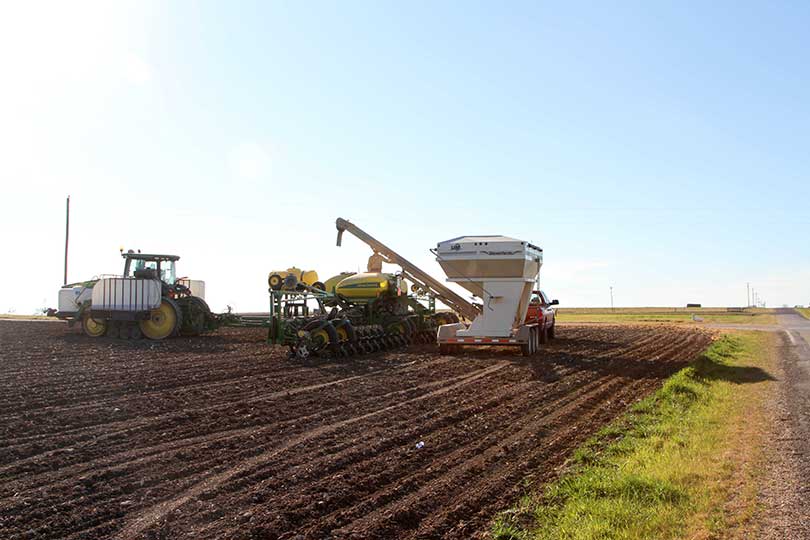The U.S. Department of Agriculture (USDA) Census of Agriculture defines a farm as “any place that has or normally could have the potential for at least $1,000 in sales from agricultural commodities.” This means some small acreages and homes, such as a large yard in a subdivision, are considered farms despite having no agricultural production.
This definition has been in place since 1974 without any updates for inflation.
USDA counted 2.1 million farms in the 2012 census, more than half of which reported farm commodity sales of less than $10,000, Jim MacDonald, USDA-Economic Research Services (ERS) chief of structure, technology and productivity, told Farm Journal.
MacDonald said the USDA even counts farms with no production, giving “points” to certain assets, such as number of acres, creating what’s statistically considered a “point farm.”
“What the USDA was really trying to do in terms of adding the word ‘potential’ was to protect farmers when weather or other failure hurts their income,” Mike Gunderson, associate director of Research and assistant professor of Agricultural Economics at Purdue University, told Farm Journal.
Gunderson says the arbitrary $1,000 threshold doesn’t make sense. He said as little as one acre could be considered a farm when commodity prices were high because it could have the potential for $1,000 in sales.
The $1,000 threshold was rarely argued before 2002 when commodity prices started to increase, according to MacDonald. He said places that wouldn’t have been counted as farms are now included due to the inflation and higher commodity prices.
USDA’s National Agricultural Statistics Service (NASS) breaks down the large number of farms into sectors by type and scope of production, according to Farm Journal.
“The $1,000 definition is in statistical programs but has far less force in commodity and insurance programs [such as what is found in the farm bill],” MacDonald said.
The number of farms in each state affects money allocated by congress to Extension programs. A state versus state allocation would likely change with a new definition, according to MacDonald.
“Texas and Tennessee are two states that have a large number of small farms,” MacDonald said.
More restrictions on farm size could mean fewer Extension dollars for Texas and Tennessee.
If the threshold were increased to even $5,000, Gunderson said, “almost 1 million farms would be eliminated.”
“The definition gives us comprehensive coverage of anyone who could conceivably be a farmer,” MacDonald said.
The definition of a farm is unchanged in the 2017 USDA Census of Agriculture. Experts urge participants to accurately complete the census to help USDA statistics represent the size and scope of your operation.

